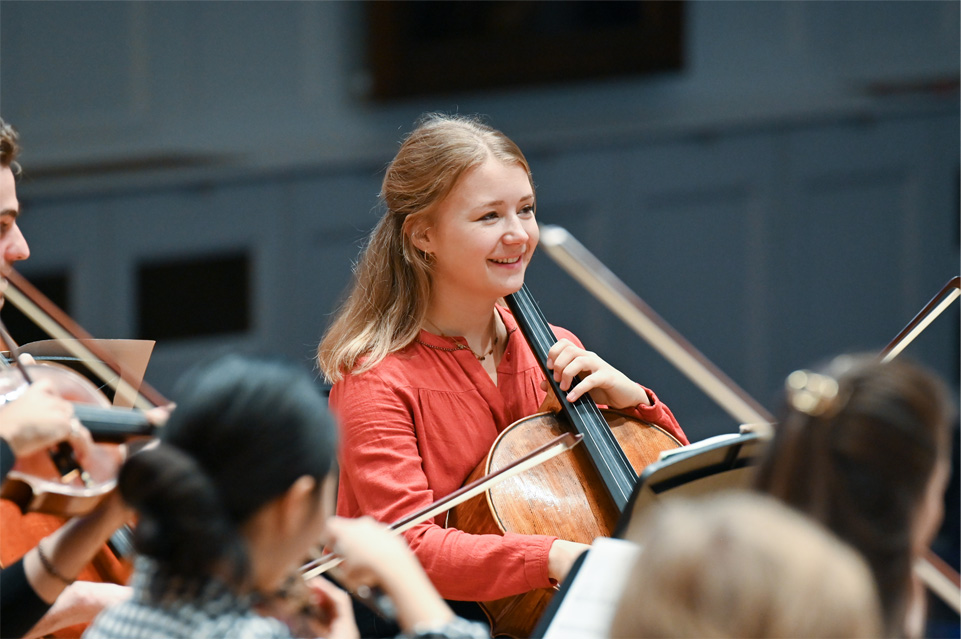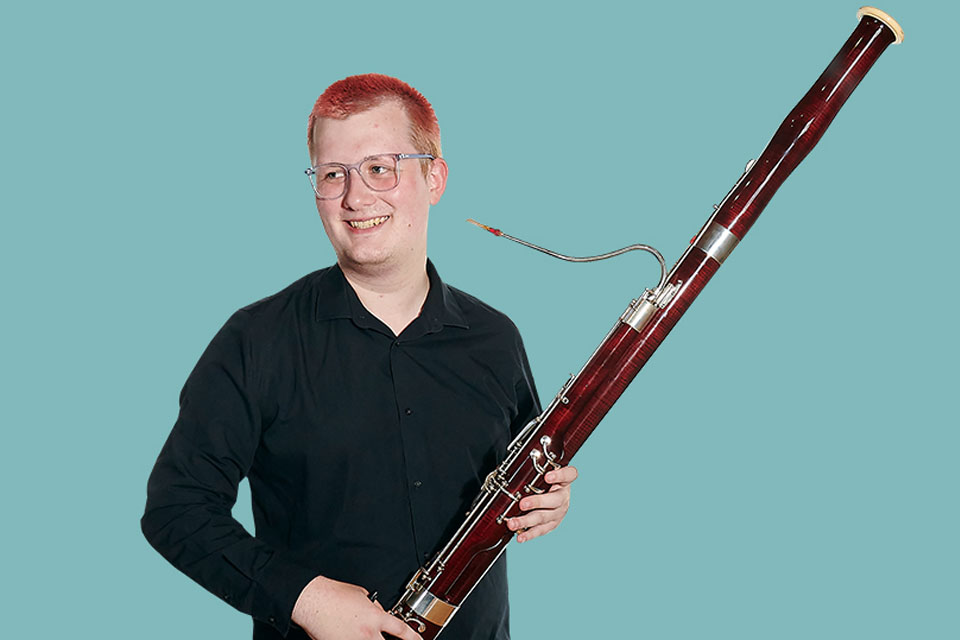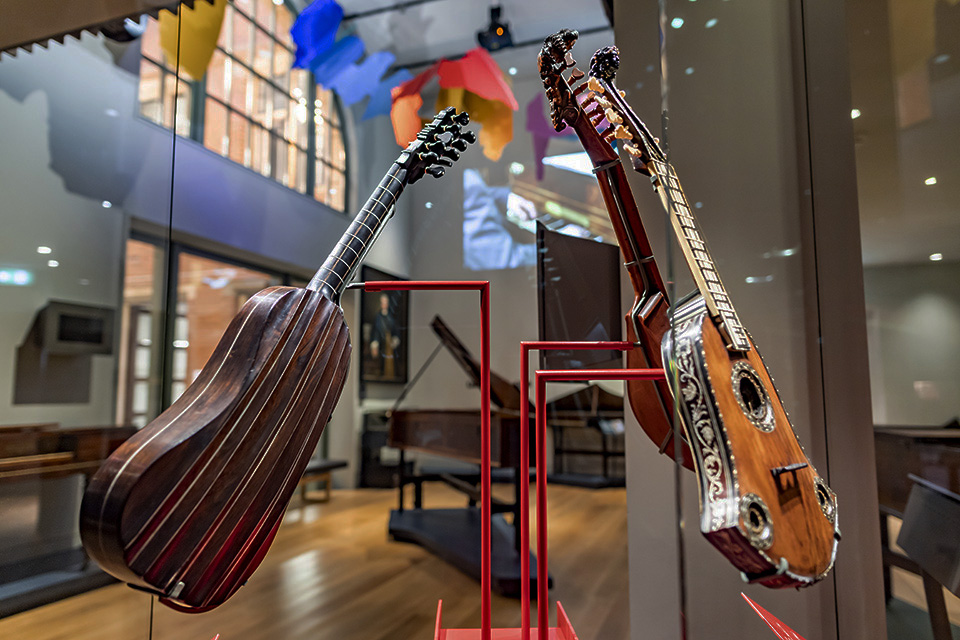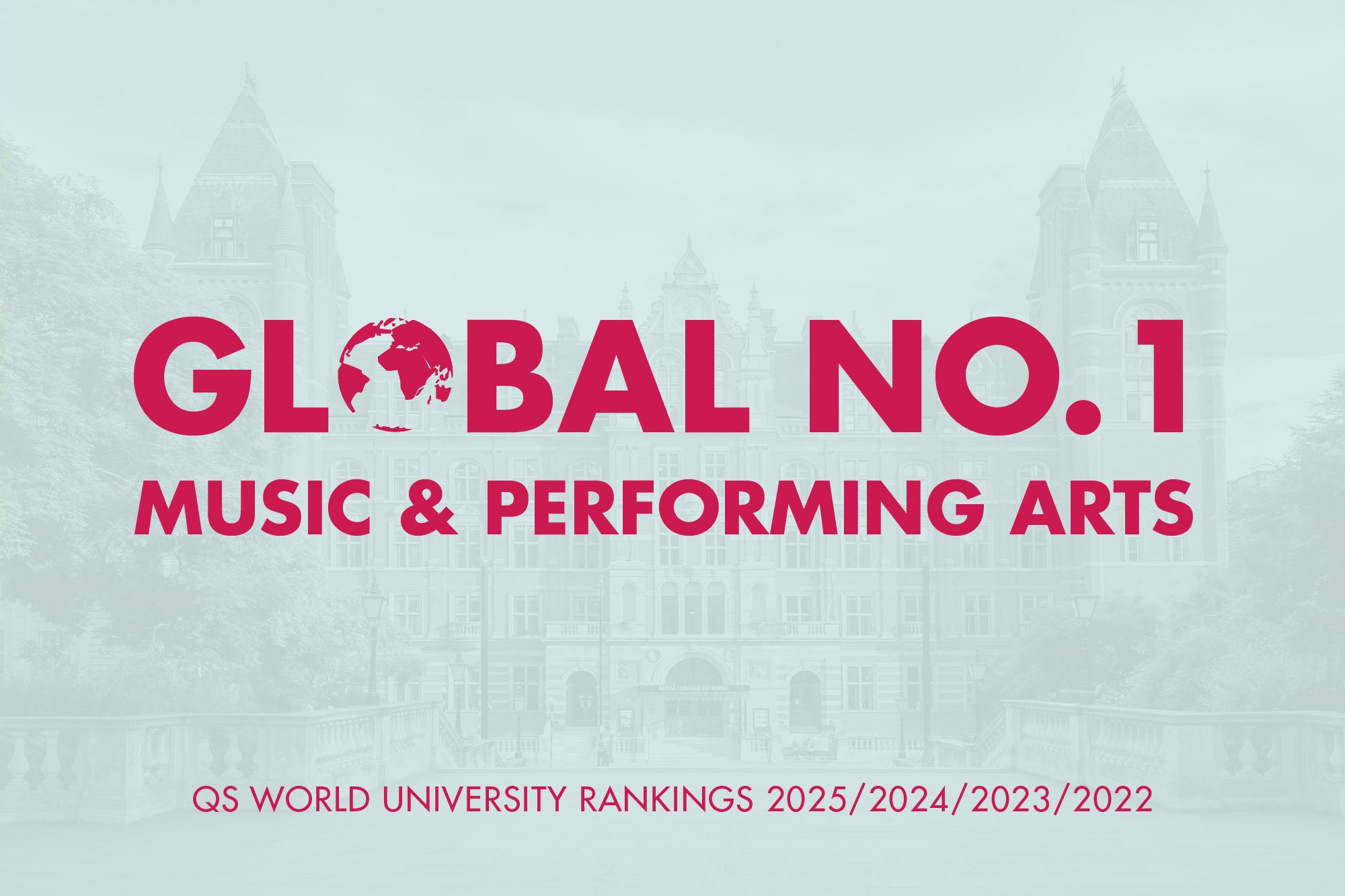Travelling in London
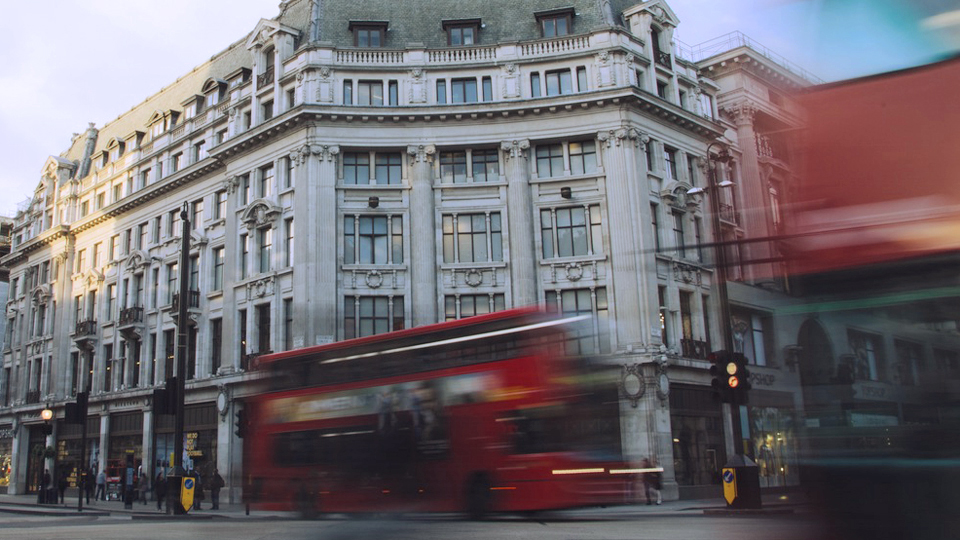
London has a wide range of travel options, including an excellent public transport network. London’s streets are well signposted and many people choose to make shorter journeys by foot or by bike.
Transport for London (TfL) is responsible for the local transport system. TfL controls the London Underground, which is also known as ‘the Tube’, the Docklands Light Railway (DLR), the London Overground, London Buses and several other transport options. TfL operates a contactless pay-as-you-go scheme, which is cheaper than buying paper tickets on most services, and students on full-time courses lasting more than 14 weeks can apply for an 18+ Student Oystercard. The scheme works with contactless bank cards or mobile payment and Oyster Cards.
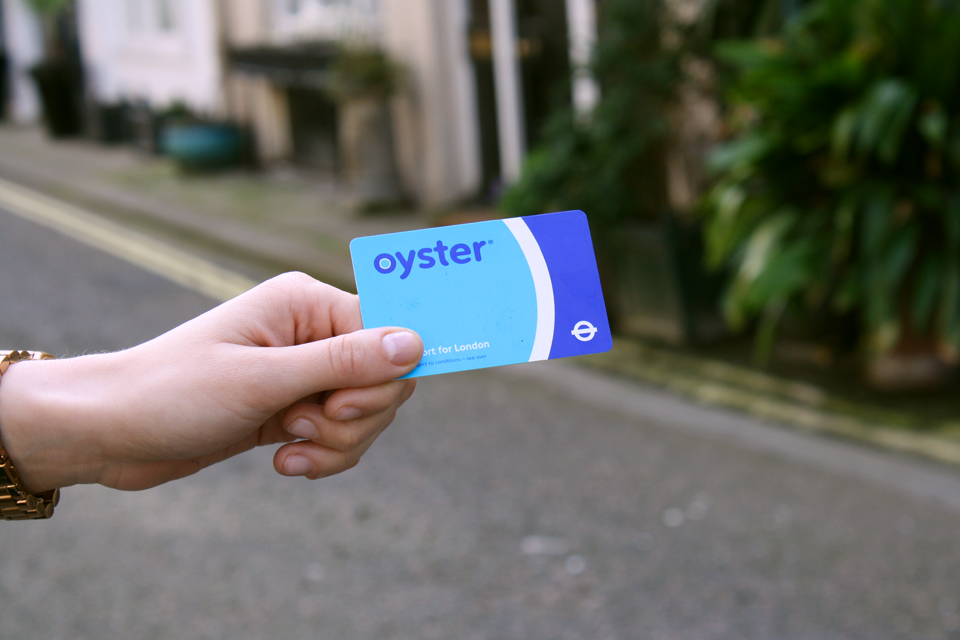
An Oyster Card, which can be used to pay for travel on TfL services
Cash is no longer accepted on London buses. Only contactless forms of payment can be used to make journeys by bus.
Fares for travel by rail, Underground, DLR and Overground are split into zones. Zone 1 is in central London with higher numbered zones spreading out from the centre. The Royal College of Music is in Zone 1 and Prince Consort Village is in Zone 2.
TfL provides a helpful Journey Planner and a Fare Finder on its website. Other tools such as Google Maps and CityMapper, which use real-time data from TfL, are popular among Londoners.
We recommend that all students purchase an Oyster Card, which can be loaded with pay as you go credit and Travelcard credit.
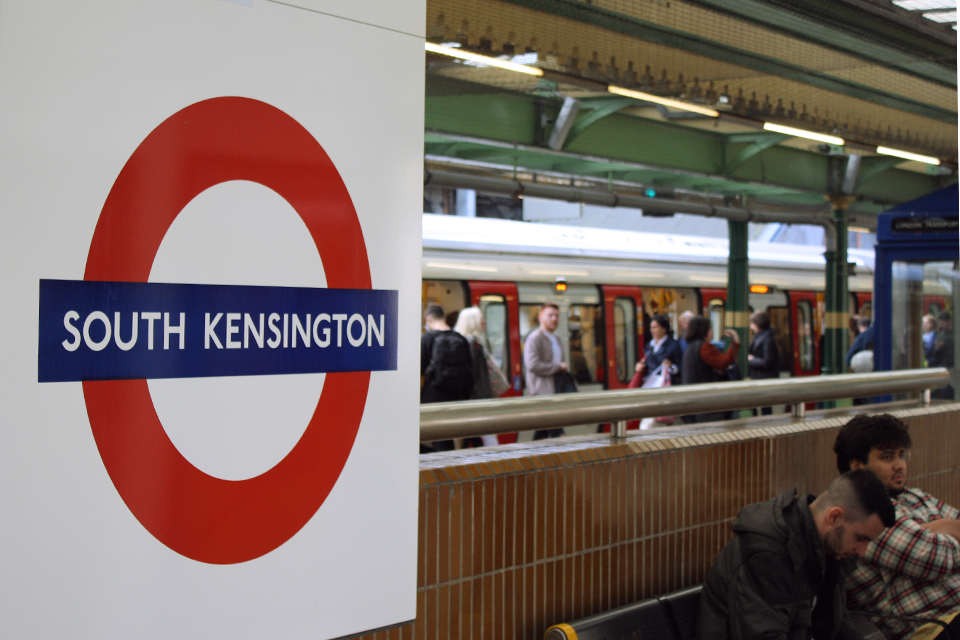
South Kensington station provides convenient connections to many parts of London
The Royal College of Music's location in South Kensington makes it easy to reach. Many local places of interest are within walking distance, however the area is also well served by public transport. A large number of bus services run through the neighbourhood and South Kensington Underground station provides easy connections to most of London, including Prince Consort Village, Heathrow Airport and the West End.


